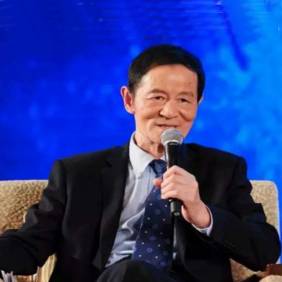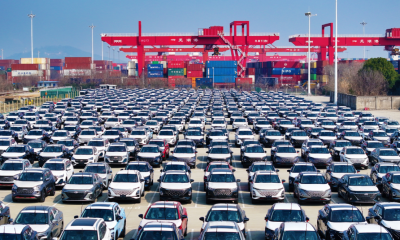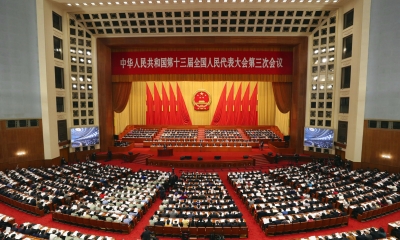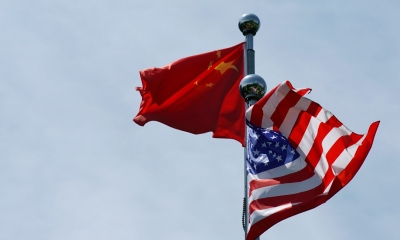Washington’s Sweeping Quench of Investment Will Get Nowhere Sooner or Later
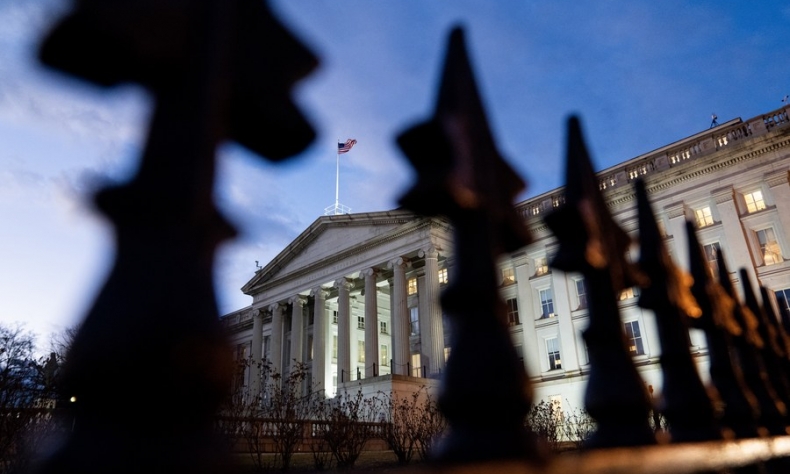
The U.S. sweeping investment prohibition and restriction is a blunt violation of WTO rules governing world free trade and investment, and a blunt destruction to normal U.S. business in China on an abuse of ‘national security’ reason.
The Notice of Proposed Rulemaking (NPRM) on Implementation of Outbound Investment Executive Order (E.O. 14105), issued by the U.S. Treasury Department on June 21, symbolizes a substantive quench of the U.S. high-tech investment in China.
The Notice is an implementation of President Joe Biden’s executive order on August 10, 2023, elaborating details of the rules. The rules mandate the U.S. persons and entities pre-notification to the Treasury Department covering investment in China, including Hong Kong SAR and Macao SAR, in “national security technologies”.
First, semiconductors and microelectronics: prohibited transactions include transactions related to electronic design automation software; certain fabrication and advanced packaging tools; the design, fabrication, or packaging of certain advanced integrated circuits; and supercomputers.
Second, quantum information technologies: prohibited transactions include those related to the development of quantum computers and production of critical components; the development or production of certain quantum sensing platforms; and the development or production of quantum networking and quantum communication systems.
Thirdly, certain artificial intelligence (AI) systems: prohibited transactions are related to the development of any AI system designed to be exclusively used for, or intended to be used for, certain end uses, including those transactions related to the development of any AI system that is trained using a specified quantity of computing power, and trained using primarily biological sequence data.
Violations will be subjected to civil and criminal penalties.

The latest NPRM issued by the U.S. Treasury Department is a sweeping quench of the U.S. investment in China over key cutting-edge technologies. The prohibition and report regime covers almost all the latest big data economy.
The first category – semiconductor and microelectronics – does not specify the technology threshold, meaning semiconductors of any stage of process are to be covered, or the Treasury has the mandate to cover it during its review. Semiconductor manufacturing equipment is also covered, without specifying the technology threshold as well.
The second category – quantum information technology, including quantum telecom, quantum computing and quantum measurement – is at the vanguard of the global information and communication technology revolution, and is already widely applied in both the United States and China. Again, the NPRM has not articulated the nomenclatures subject to prohibition or restriction, but only includes the wide area in general, which means that any investment involving quantum information technology may be subject to prohibition.
The third category, certain AI systems, is an even broader and more ambiguous definition. AI systems are increasingly applied in almost all investment projects. According to the NPRM, any deal using AI systems entails a prohibition.
After President Biden announced the Executive Order last August, Janet Yellen, U.S. Treasury Secretary, said that it would be targeted at a very small area, or still a “small yard”. However, the latest NPRM points to a huge yard.
Three years ago, U.S. National Security Advisor Jake Sullivan said at an AI summit that the Biden administration was “looking at the impact of outbound U.S. investment flows that could circumvent the spirit of export controls or otherwise enhance the technological capacity of our competitors in ways that harm U.S. national security.”
The latest NPRM, if enters into force after the public hearing, will cause a tremendous setback in U.S. investment in China, and China-U.S. business environment at large. It will exceed the traditional U.S. outbound investment control to include even greenfield investment. It will cast serious political risk and tensions over the U.S. multinationals and tech corporations in their China investment plans, also serious uncertainties and delays in waiting for the Treasury Department’s judgment if the proposed investment plan entails any of the prohibitions.
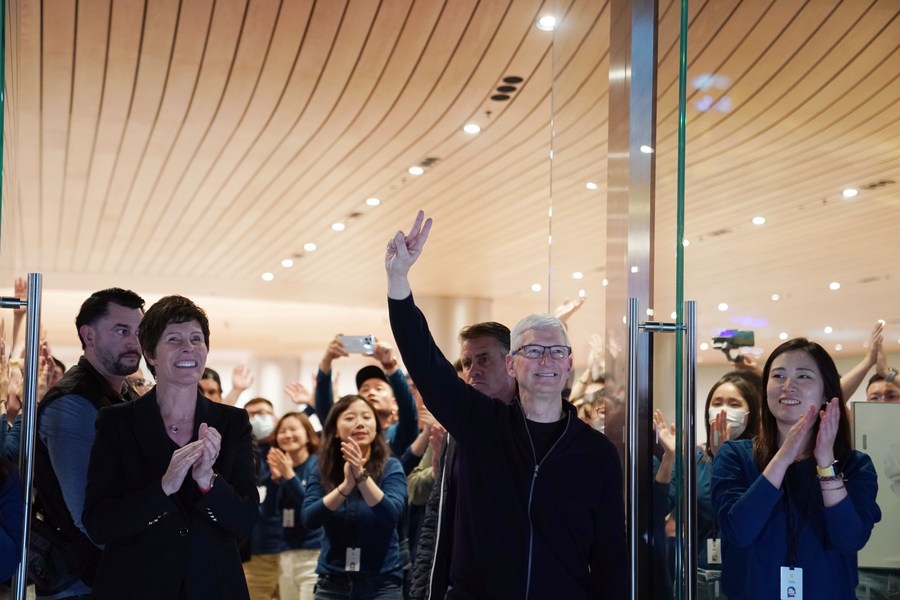
The latest prohibition is at a time when U.S. investment in China has been in a serious fall, from an annual average of $14 billion during 2005-2018, to $10 billion since 2019, to a mere $1.3 billion in 2022, according to Rhodium Group, an independent U.S. research body. Further falls will only be inevitable.
The U.S. sweeping investment prohibition and restriction is a blunt violation of WTO rules governing world free trade and investment, and a blunt destruction to normal U.S. business in China on an abuse of “national security” reason. It is also unrealistic to impose bans or restrictions on day-to-day activities. It is common knowledge today that dual-use technologies and products exist widely in the world. Apparel, socks and shoes can be used for the army, mobile phones can be used for military communication. The U.S. and China are already the world’s two largest markets by far for semiconductors, microelectronics, quantum telecom and AI have been used widely in both China and the U.S.
According to a report by Crunchbase, the world AI market size was 1637.7 billion yuan in 2023, with the U.S. accounting for 33 percent and China for 16 percent, the UK as a distant third (7 percent). The report also estimates that by 2030, the world market size will hit 11.5 trillion yuan, or an aggregate of 38.2 percent per year for the next seven years. How can the U.S. Treasury Department control such a huge market and tremendous investment activities?
The ban and restrictions will do little to hinder China’s fast growth in those three areas. The world semiconductor market is experiencing a boom, with the total IC market size to hit $1 trillion by 2030, doubling the current size of $500 billion. China will account for 40 percent of the total world IC market by 2030. According to the relevant industry studies, 109 fab factories have to be added worldwide in the next five years. Out of the total, over 40 fab factories will be built in China. The U.S. imposition of ASML stepper export ban to China will also be useless as Shanghai Microelectronics has succeeded in its own stepper production.
It is also absurd that the American semiconductor giants will be blocked to the China market. Intel has announced to continue investment in China which accounts for a quarter of its global revenue, and Micron has also announced a major chip storage investment in Xi’an, at 4.3 billion yuan. Tim Cook, CEO of Apple, talked with Chinese automobile giant BYD last March on AI cooperation for clean energy. If the American investors are out of the Chinese market, the European, South Korean and Japanese players will immediately take the place of the U.S. companies.
In a nutshell, NPRM runs counter to the global supply chain, to the complementary advantages between Chinese and American businesses in the above three areas, and thus will get nowhere sooner or later.
The article reflects the author’s opinions, and not necessarily the views of China Focus.
 Facebook
Facebook
 Twitter
Twitter
 Linkedin
Linkedin
 Google +
Google +



